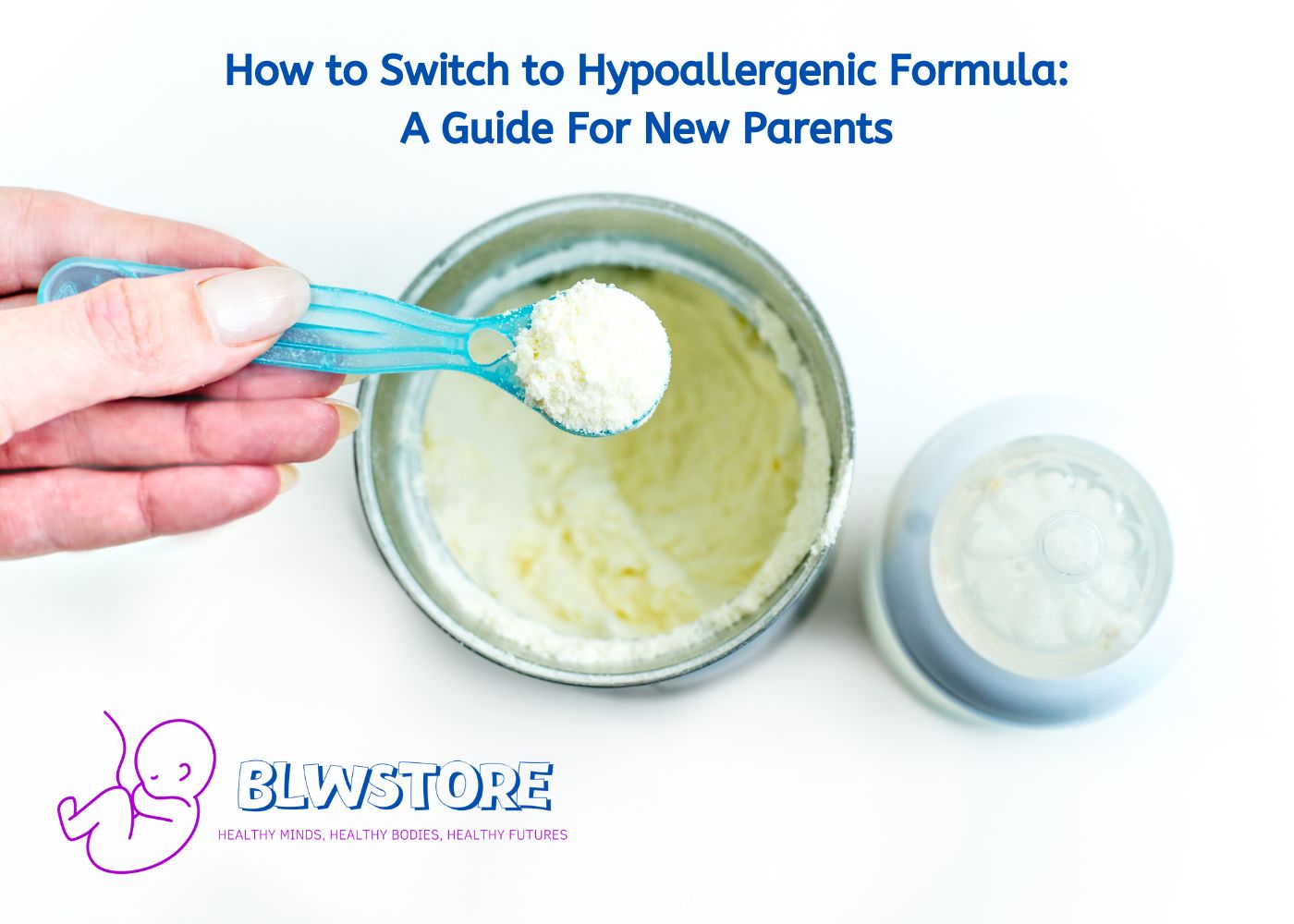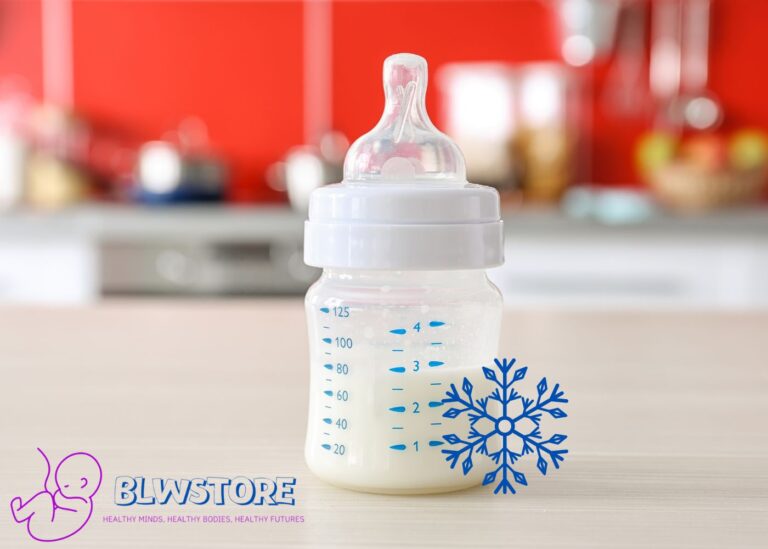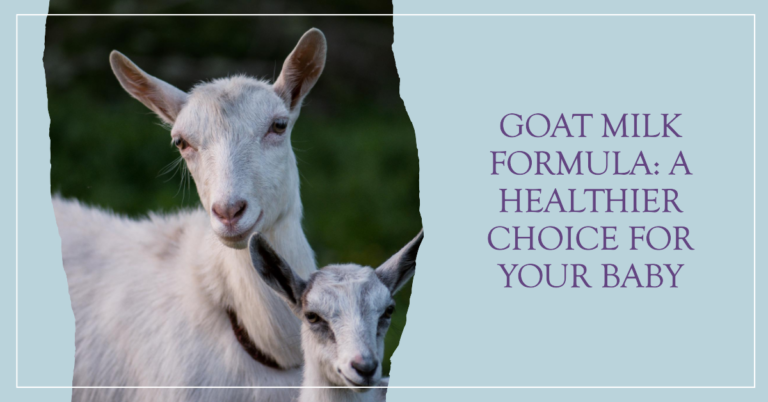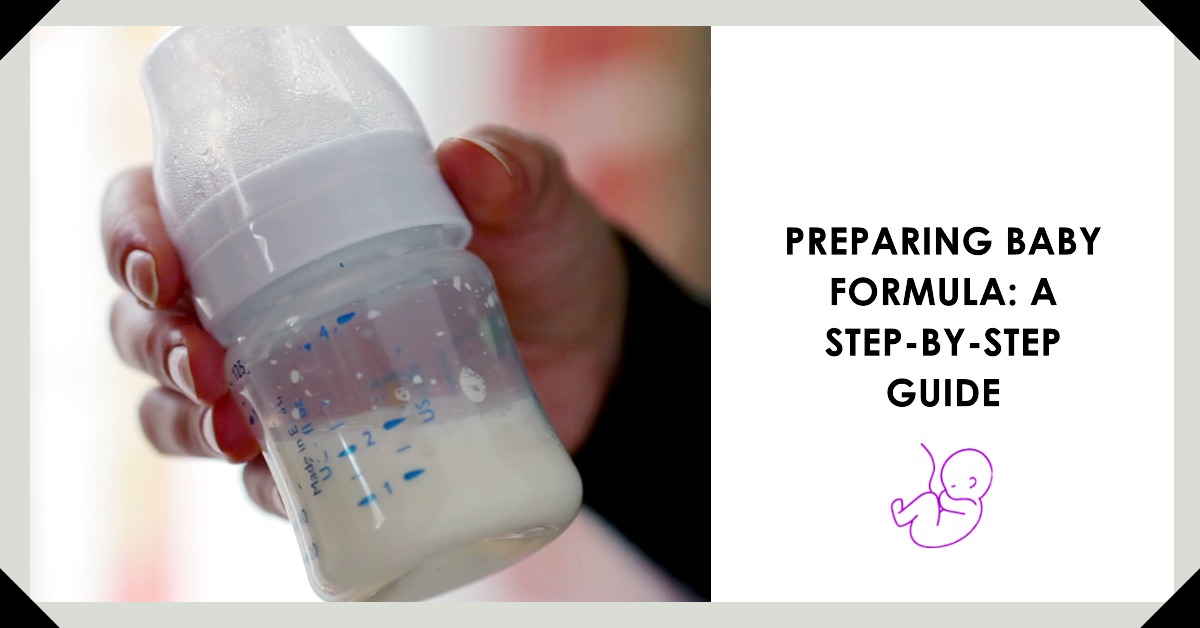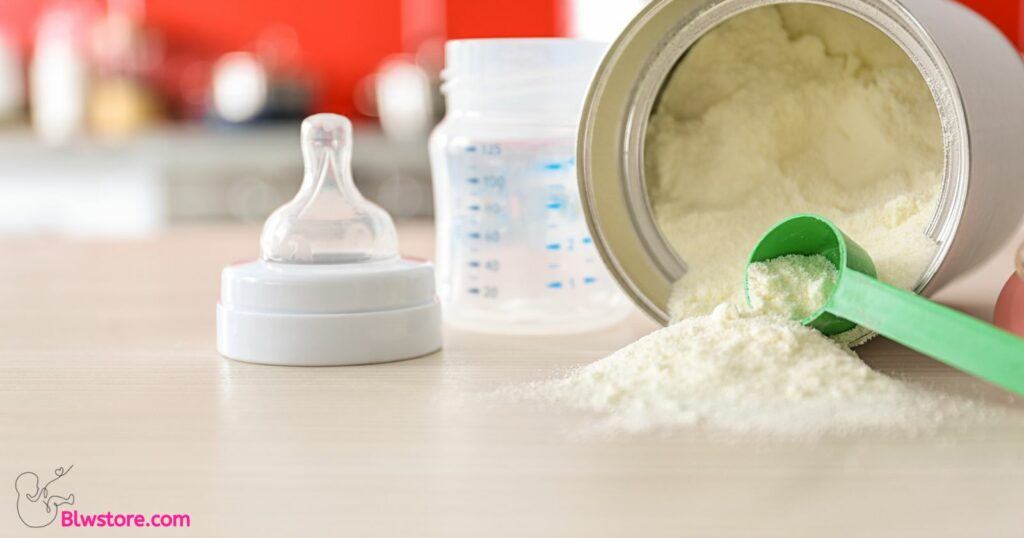
The issue of follow-on milks has yet to be addressed, as they are not really necessary if we consider that they provide more protein than breast milk and more than starter milk.
Breast milk is the best food for babies and children and is recommended up to two years of age or more. In cases where babies are not fed with breast milk, the ideal is that they are fed with a formula as adapted as possible to the needs of babies.
Nowadays these preparations are artificial milks, among which we can distinguish starter milk, known as “stage 1”, and follow-on milk or “stage 2 or more”.
Between stage 1 and stage 2 milk (starter or follow-on milk), the former is the most suitable as it has a lower protein content.
Key takeaways
- Breast milk is the best food for babies and children up to two years of age or more.
- Follow-on milks are not necessary as they provide more protein than breast milk and more than starter milk.
- Starter milk is the most suitable formula for infants as it has a lower protein content.
- Follow-on milks have higher protein content and more iron, which can be harmful to babies under six months.
- Growing babies may need a bit more protein, but not much at all, which can easily be covered with complementary feeding.
- Follow-on milks benefit multinationals in terms of advertising and lower manufacturing costs, while low-income families can benefit economically.
- The disadvantage of follow-on milk is that it has more protein than starter milk and can lead to an excess of daily protein in the baby’s diet.
- The WHO has declared that follow-on milks are unnecessary except for the economic nuance.
How much Protein is in Milk?
Breast milk provides babies with about 0.8 g of protein per 100 ml.
Cow’s milk, which would be the alternative to breast milk, has an excessive amount of protein: 3.3 g per 100 ml. As this amount is impossible for babies to assimilate, milks are adapted by means of complicated processes that reduce the protein concentration.
Most starter formulas suitable for infants should have between 1.2 and 1.4 g of protein per 100 ml.
This amount is higher than the concentration of breast milk because, being proteins of lower biological value, there must be a little more.
However, follow-on milks have between 1.2 and 2.4 g of protein per 100 ml (usually around 1.5-2.1 g), which is way more than the amount provided by breastmilk.

Why do Follow-on milks Exist?
In the past, there was only one type of formula milk that infants drank for as long as it was needed. The International Code of Breastmilk Substitutes prohibits brands from advertising formula milk so that mothers and mothers-to-be do not receive confusing messages and so that they breastfeed their babies until at least six months of age.
For this reason, brands decided to create a milk that babies could drink from six months and that many countries allow to advertise, the follow-on milks.
These milks have a higher concentration of proteins that would be harmful for newborns and babies of a few months, but that can be assimilated by six-month-old babies, who have a more mature renal function.
What is the difference between first and follow-on milks?
Follow-on milks have two fundamental differences with the former:
- They have practically twice as much iron: this is because babies from 6 months of age begin to have less iron in their bodies. This is solved with complementary feeding, and it is not necessary to change formula, since we can include iron-rich foods, either in puree or by Baby Led Weaning. We explain all this in more detail here.
- They have more protein content: this is the main problem with follow-on milks. Babies under 6 months do not tolerate follow-on milks well because their renal system is not ready to handle so much protein, however, from 6 months onwards it is mature enough to be able to, but this does not mean that it is necessary to include more protein, as we would be forcing the kidneys unnecessarily. Also, not offering a formula with more protein means that we can do it with solids, which is much more beneficial.
Do Babies need more protein after the 6 months mark?
Growing babies may need a bit more protein, but not much at all. As their rate of growth slows, they require less protein per kilogram of weight. This minor increase in requirements is easily covered with complementary feeding – it’s not that infants don’t take in enough protein, but rather that they tend to take in too much.
It’s therefore not necessary to elevate the protein content in milk (breast milk contains 0.9 g of protein per 100 ml and breastfed babies need not switch to a new milk source at six months).
Advantages of follow-on milk for Multinationals
Artificial milk brands obtain two clear benefits from the manufacture of follow-on milks.
The first is the possibility of advertising their product. By advertising type 2 milk, they indirectly advertise type 1, since they manufacture the bottles exactly the same (except for the number 1 and 2).
The second is that the manufacturing process is more economical. As six-month-old babies are able to assimilate a greater amount of protein, the milk is processed less and therefore the manufacturing costs are also lower.
Advantages of follow-on milk for Parents
The only advantage is economic. ESPGHAN (European Society for Paediatric Gastroenterology, Hepatology and Nutrition) has stated that follow-on milks are useful for low-income families. Starter milk is not exactly inexpensive and twelve months of type 1 milk can be a lot of money for some families.
Many parents, faced with such an expense, are tempted to give cow’s milk early and, for these families, follow-on milk is a good resource, as it is more adapted than cow’s milk and is somewhat (not much) cheaper than starter milk.
Disadvantages of follow-on milk for Babies
The disadvantage is that it has more protein than starter milk. At six months babies start eating meat, vegetables, fruits and cereals, which also have protein and, although they can assimilate a greater amount of protein, it is easy for them to over-consume.
Between six and twelve months a baby needs about 20 g of protein per day and it is estimated that they are currently taking about 30 grams.
The fact that follow-on milk has more protein than starter milk helps this excess of daily protein in the baby’s diet.
The WHO, in fact, declared some time ago that they are unnecessary milks (except for the economic nuance).
Conclusion
In summary, follow-on formula milk is not necessary and may even pose risks for babies due to its high protein content.
Breast milk is the best food for babies and children and is recommended up to two years of age or more.
In cases where breastfeeding is not possible, it is recommended to use starter formula, as it has a lower protein content that is more suitable for infants.
However, if you are unable to afford starter milk, you can switch to follow-on milk at six months.
Just remember to supplement with other foods and ensure that your baby is not consuming too much protein.
It’s important to make informed decisions about your baby’s nutrition and consult with a healthcare professional if you have any concerns.
We’re Maria and Alberto, a married couple and educators who are nutrition enthusiasts. Even before we had kids, we were already crazy about nutrition.
We’d read scientific articles, watch videos from nutritionists, and spend hours listening to nutrition podcasts.
Today, we continue doing this, but in a different way, as we’ve learned to sift through the noise and trends. Nutrition, like any other field of knowledge, the more you read and learn, the more you develop a comprehensive understanding of reality, and that’s what has happened to us.
Before having our first child, we focused on learning everything we could about child nutrition, using the same techniques we had already employed, backed by our extensive knowledge in nutrition.
Our mission is to help other parents with their children’s nutrition, to help them become the best versions of themselves.
If we are what we eat and drink, which is absolutely true, let’s do it right!



